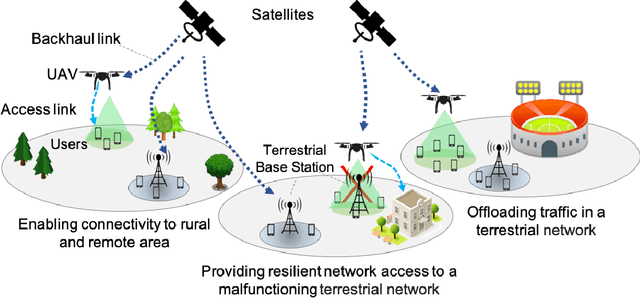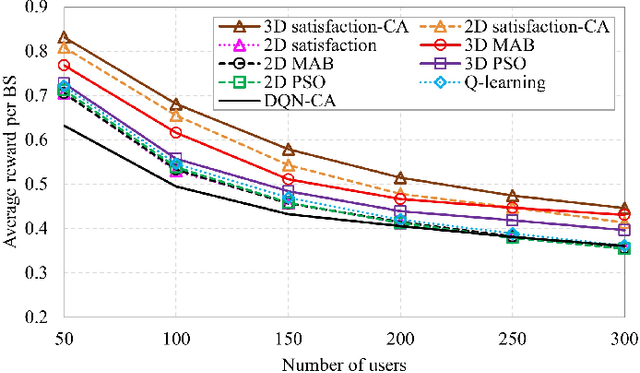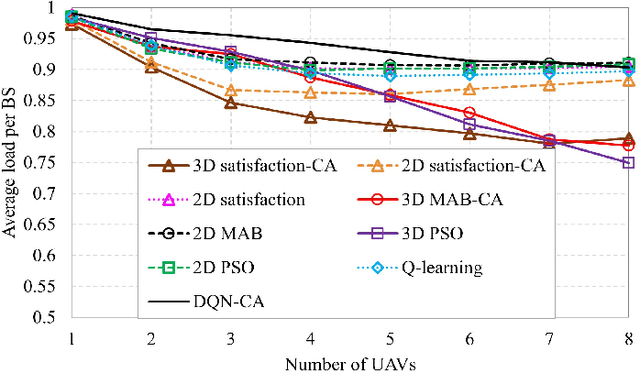Yeying Zhu
Satellite Anomaly Detection Using Variance Based Genetic Ensemble of Neural Networks
Feb 10, 2023



Abstract:In this paper, we use a variance-based genetic ensemble (VGE) of Neural Networks (NNs) to detect anomalies in the satellite's historical data. We use an efficient ensemble of the predictions from multiple Recurrent Neural Networks (RNNs) by leveraging each model's uncertainty level (variance). For prediction, each RNN is guided by a Genetic Algorithm (GA) which constructs the optimal structure for each RNN model. However, finding the model uncertainty level is challenging in many cases. Although the Bayesian NNs (BNNs)-based methods are popular for providing the confidence bound of the models, they cannot be employed in complex NN structures as they are computationally intractable. This paper uses the Monte Carlo (MC) dropout as an approximation version of BNNs. Then these uncertainty levels and each predictive model suggested by GA are used to generate a new model, which is then used for forecasting the TS and AD. Simulation results show that the forecasting and AD capability of the ensemble model outperforms existing approaches.
An Anomaly Detection Method for Satellites Using Monte Carlo Dropout
Nov 27, 2022



Abstract:Recently, there has been a significant amount of interest in satellite telemetry anomaly detection (AD) using neural networks (NN). For AD purposes, the current approaches focus on either forecasting or reconstruction of the time series, and they cannot measure the level of reliability or the probability of correct detection. Although the Bayesian neural network (BNN)-based approaches are well known for time series uncertainty estimation, they are computationally intractable. In this paper, we present a tractable approximation for BNN based on the Monte Carlo (MC) dropout method for capturing the uncertainty in the satellite telemetry time series, without sacrificing accuracy. For time series forecasting, we employ an NN, which consists of several Long Short-Term Memory (LSTM) layers followed by various dense layers. We employ the MC dropout inside each LSTM layer and before the dense layers for uncertainty estimation. With the proposed uncertainty region and by utilizing a post-processing filter, we can effectively capture the anomaly points. Numerical results show that our proposed time series AD approach outperforms the existing methods from both prediction accuracy and AD perspectives.
UAV-Assisted Space-Air-Ground Integrated Networks: A Technical Review of Recent Learning Algorithms
Nov 27, 2022



Abstract:Recent technological advancements in space, air and ground components have made possible a new network paradigm called "space-air-ground integrated network" (SAGIN). Unmanned aerial vehicles (UAVs) play a key role in SAGINs. However, due to UAVs' high dynamics and complexity, the real-world deployment of a SAGIN becomes a major barrier for realizing such SAGINs. Compared to the space and terrestrial components, UAVs are expected to meet performance requirements with high flexibility and dynamics using limited resources. Therefore, employing UAVs in various usage scenarios requires well-designed planning in algorithmic approaches. In this paper, we provide a comprehensive review of recent learning-based algorithmic approaches. We consider possible reward functions and discuss the state-of-the-art algorithms for optimizing the reward functions, including Q-learning, deep Q-learning, multi-armed bandit (MAB), particle swarm optimization (PSO) and satisfaction-based learning algorithms. Unlike other survey papers, we focus on the methodological perspective of the optimization problem, which can be applicable to various UAV-assisted missions on a SAGIN using these algorithms. We simulate users and environments according to real-world scenarios and compare the learning-based and PSO-based methods in terms of throughput, load, fairness, computation time, etc. We also implement and evaluate the 2-dimensional (2D) and 3-dimensional (3D) variations of these algorithms to reflect different deployment cases. Our simulation suggests that the $3$D satisfaction-based learning algorithm outperforms the other approaches for various metrics in most cases. We discuss some open challenges at the end and our findings aim to provide design guidelines for algorithm selections while optimizing the deployment of UAV-assisted SAGINs.
 Add to Chrome
Add to Chrome Add to Firefox
Add to Firefox Add to Edge
Add to Edge